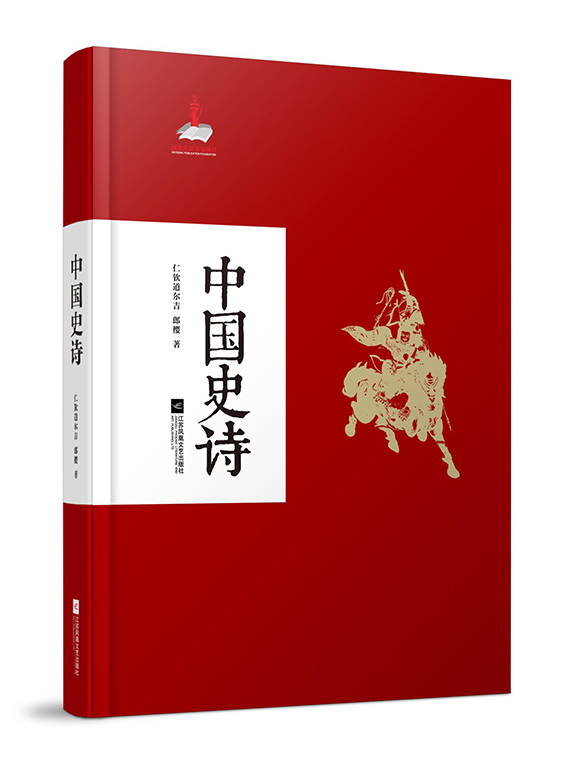Exploring ethnic cultures through Chinese epics

Chinese Epics
Epics are usually long narrative poems about the experience or deeds of heroes from history or mythology. The epic works that have been passed down in China number in the hundreds. They are distributed across ethnic groups with rich and diverse stories.
Chinese Epics was written by two scholars of ethnic literature, Renqindorj, Deputy Director of the China Ethnic Literature Society, and Lang Ying, an Honorary Member of the Chinese Academy of Social Sciences. Chinese culture can be felt through the breadth of the Chinese epic.
The authors divide Chinese epics into two categories, namely the northern and southern heroic epics. The former includes Tujue (an ethnic group in ancient China) and Mongolian heroic epics. Their epics were usually about nomadic life, while southern heroic epics often involve battles between heroes and nature or between tribes. After thorough examination, the authors argue that although the epic narratives of the two categories have certain aspects in common, they are actually quite different due to environmental differences.
The authors find that the epic of world creation may be closer to the origin of one nation. For example, the Drung people’s The Creation actually tells of their earliest appearance. As specific products of ethnic cultures, epics remind people not to forget their traditions and work as spiritual ties.
The authors also focus on small and medium-sized heroic epics. For example, Mongolian epics include marriages among wars, family struggle and many other types. The Tujue epic is also diverse in content. Many ethnic groups in the South also have their own epics, such as the Zhuang, Dong, Dai and Miao peoples.
In the final part of Chinese Epics, the authors discuss the three great heroic epics in China: Gesar, Bangel and Manas. These epics have continuously been given new connotations in different eras.
The authors argue that most epics have gone through a long development process: from the stage of heroic legend through an embryonic stage, stage of basic formation and stage of documentation. Epic can be adjusted constantly during this long formation process. Therefore, constant change and elimination are ultimately what leave us with universally acknowledged epics, which represent the values and rules of different ethnic groups and are the key to interpreting different ethnic cultures.
Chinese epics have not brought such profound human and social influences to China as European epics have to Europe. Despite this, Chinese epics still enable us to see the implicit subtlety and beauty of Eastern culture. The authors’ research shows us the face of the magnificent Chinese epic and its influence, which was the basis of the traditional cultural renaissance.
edited by YANG LANLAN
